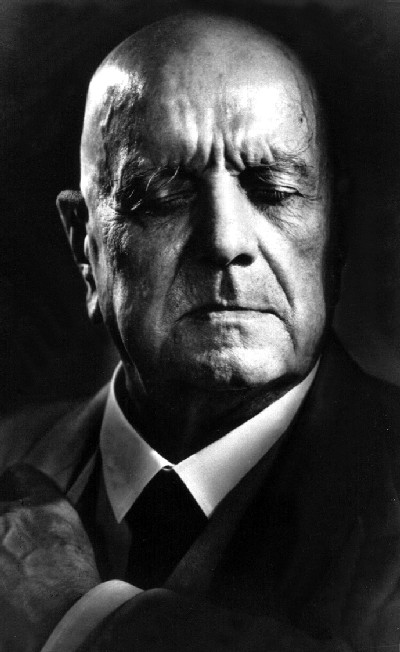Today’s Wall Street Journal “Sightings” column is occasioned by the recent discovery of sketches for Sibelius’ Eighth Symphony. Here’s an excerpt.
* * *
The most famous bonfire in the history of classical music was lit by Jean Sibelius in 1945. The composer of “Finlandia,” who had succumbed to depression and stopped writing music years earlier, burned a basketful of manuscripts in his fireplace, and it’s thought that his unperformed Eighth Symphony, over which he had struggled for nearly two decades, went up in flames that day.
Or did it?
 The Finnish newspaper Helsingin Sanomat published a story last month called “Is This the Sound of Sibelius’ Lost Eighth Symphony?” Finnish scholars now claim to have located three fragments from Sibelius’ sketches for the Eighth Symphony, and John Storgårds and the Helsinki Philharmonic recently performed them. It’s impossible to know for sure whether these snippets actually belong to the Eighth Symphony, but the possibility that they might has set musicians around the world to buzzing.
The Finnish newspaper Helsingin Sanomat published a story last month called “Is This the Sound of Sibelius’ Lost Eighth Symphony?” Finnish scholars now claim to have located three fragments from Sibelius’ sketches for the Eighth Symphony, and John Storgårds and the Helsinki Philharmonic recently performed them. It’s impossible to know for sure whether these snippets actually belong to the Eighth Symphony, but the possibility that they might has set musicians around the world to buzzing.
Lost, unfinished and destroyed works of art have always tickled the fancies of art lovers, sometimes to the point of outright obsession. Did Buddy Bolden, the legendary New Orleans jazzman, really record a cylinder of his cornet playing? Probably not–but that hasn’t stopped fanatics from looking for it. Whatever happened to the missing finale of Schubert’s “Unfinished” Symphony? Nobody knows–but cockeyed theories abound.
Max Beerbohm wrote an essay called “Quia Imperfectum” in which he reflected on the “peculiar charm” exerted by unfinished works of art, suggesting that it would be worthwhile to construct “a museum of incomplete masterpieces” whose collection would be “full of unfulfillment.” It’s a clever idea, and a thoroughly romantic one. Most of the best-known unfinished works of art, after all, including Bach’s “Art of Fugue,” Charles Dickens’ “Mystery of Edwin Drood,” F. Scott Fitzgerald’s “The Last Tycoon” and Gustav Mahler’s Tenth Symphony, were short-circuited by the deaths of their creators. Just as we are intrigued by the last words of great men, so are we fascinated by the last works of great artists, and when they are left incomplete, the fascination is heightened still further by the universal longing to see beyond the grave.
That Sibelius should have put his Eighth Symphony to the torch is no less fascinating. It’s not unusual for artists to suppress works with which they’re dissatisfied, but rarely do they actually destroy them….
* * *
Read the whole thing here.
To hear a performance of the sketches for Sibelius’ Eighth Symphohy, go here and click on the small video screen. (The music is preceded by a two-minute-long interview in Finnish.)
Terry Teachout on the arts in New York City
An ArtsJournal Blog
